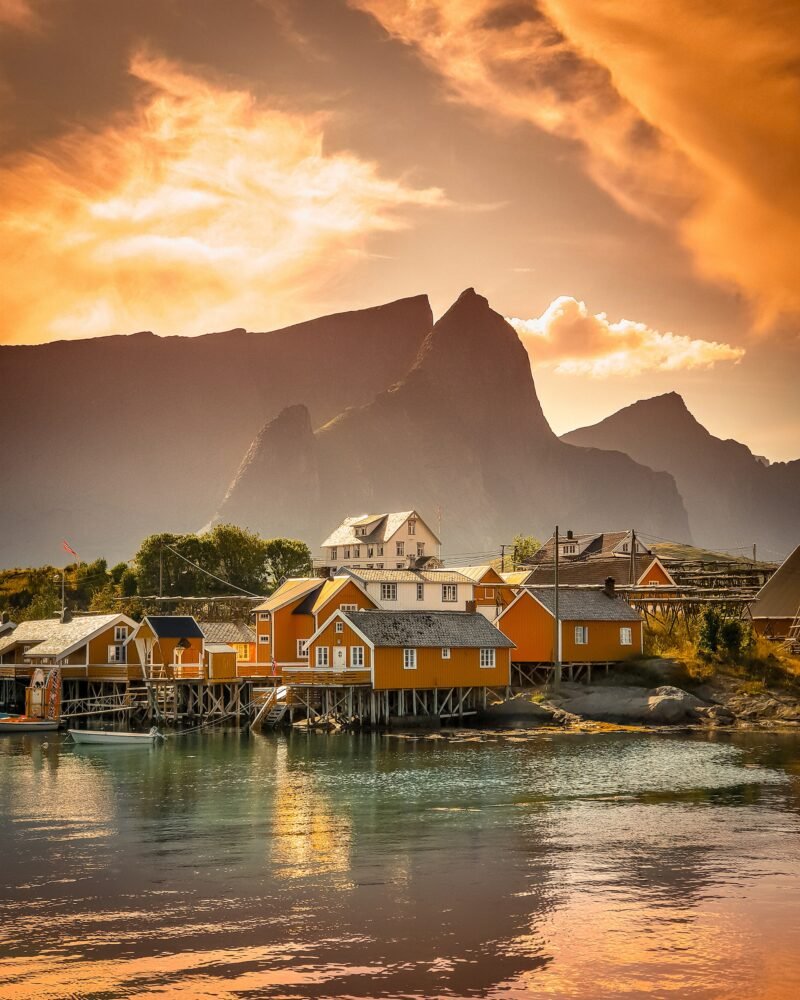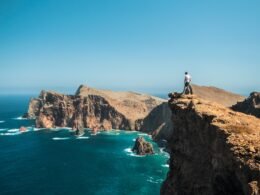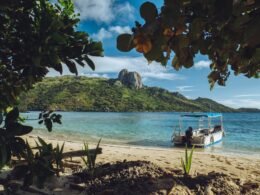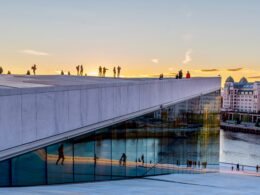Norway is a Nordic country in Scandinavia, bordering Sweden to the east, the North Sea to the west, and the Norwegian Sea to the north. Norway can be visited year round, but some times of year will be better suited depending on the activities you have in mind.
Norway has a lot to offer the outdoor enthusiast as well as those interested in culture, the arts and cuisine. Some stand-out activities include hiking to the famous “Pulpit Rock”, visiting some of the country’s many fjords, and spending some time in its compact and modern capital, Oslo. In this guide, we’ll go through each of the seasons, highlighting some of the best activities for each one.

Climate & Terrain
As a Nordic country in Northern Europe, Norway has a coastal climate that is influenced by the Gulf Stream. There’s a significant variation in climate from the north to the south and the weather will depend largely on which part of the country you plan to visit. The south, around the capital Oslo and the coastal city of Bergen will be milder with the temperature dropping significantly and more chance of snow the further north you go.
The climate will also depend on whether you’re visiting the coast or heading inland. Coastal areas tend to be warmer and have milder and wetter winters, while the inland will be more mountainous and colder, but will have drier and warmer summers. Since the country is located 57° to 78° north, there will be a lot of variation also depending on your latitude. Much of Norway is forested and there are also glaciers, mountains, lakes, fjords and valleys. It’s the perfect location for nature lovers.
Low Season & High Season
The majority of visitors to Norway will be in the high season, which lasts from mid June to mid August, and is considered the high summer. It’s the perfect time to visit Norway if you’re interested in outdoor activities such as hiking, rafting, mountaineering, camping and water sports. It can be hot in the summer months, so remember to pack your swimwear and sun lotion.
Thanks to the warm waters of the Gulf Stream, Norway has a warmer climate compared with other countries at a similar latitude, such as Greenland and Alaska. During the high season there’ll be more visitors and more activities and hiking trails will open.
Accommodation will also be cheaper in most areas, but make sure you book in advance and be prepared for crowds at landmarks and tourists hotspots. Remember that even during the summer months there may be rain and colder weather, so pack some warm clothing just in case.
The low season is from October to April. It is the best time to see the Aurora Borealis, which will be more likely and more spectacular the further north you go and the further away you are from light pollution, though it is still possible to see further south in the cities.
It’s bound to be considerably cooler than in the high season, so make sure you pack some warm clothing and sturdy footwear. The days will also be shorter, so indoor activities like visiting art galleries, enjoying cuisine or attending cultural events will be preferable. Also, many outdoor activities will be unavailable, and accommodation will be more expensive.
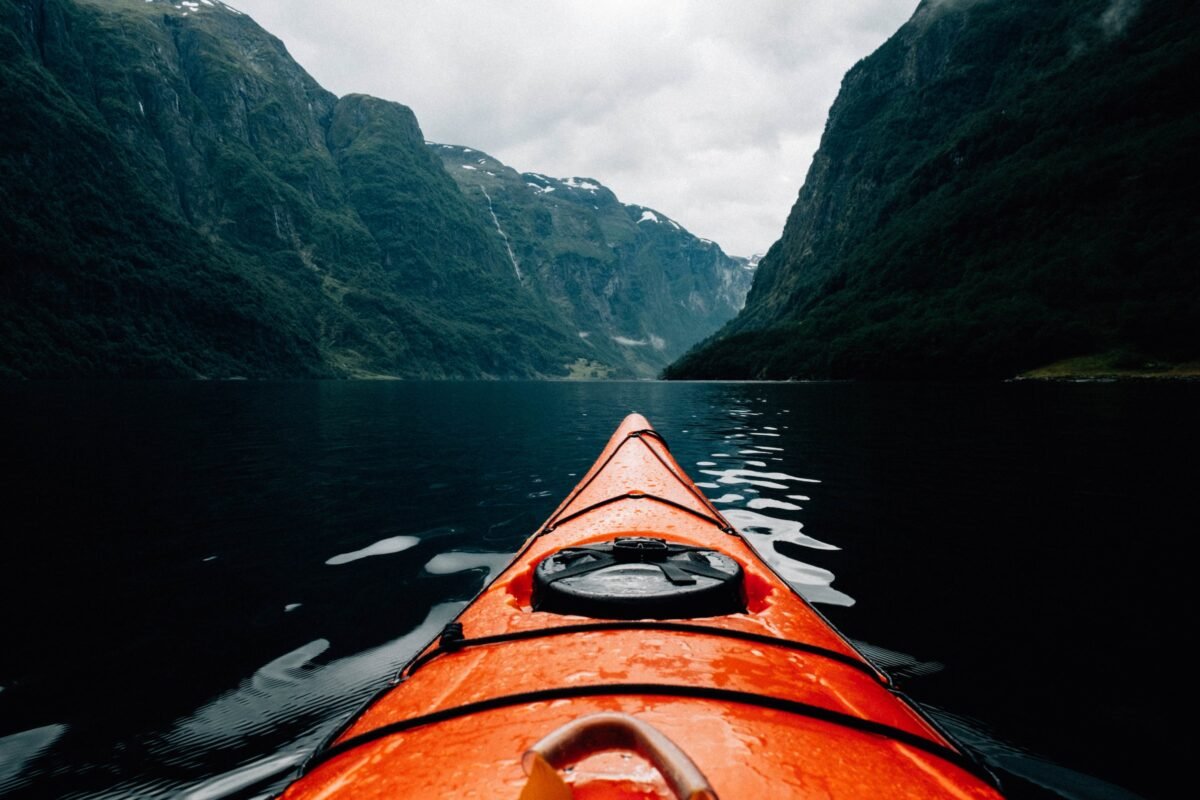
Shoulder Seasons
The shoulder seasons are from May to mid-June and mid-August to September. The weather will be milder during the shoulder seasons, and there’ll be less crowds, making it a popular time to visit. Prices are likely to be higher, however, than in the high season. Whenever you decide to visit, be sure to pack the appropriate clothing and equipment according to the season and the region(s) you intend to visit.
Spring
Spring in Norway is a great time to head outdoors again after the long winter. The spring months are considered to be March to May, though signs of the new season may appear in late February. There will still be some skiing opportunities with lots of snow still in the mountains, but the weather will be getting warmer and there’ll be more greenery around with blossoms appearing in April and May. It’s a great time to go hiking, visit the fjords and the cities. It’ll be quieter than high season, though prices may be higher. Norway’s national day is also on the 17th of May, so expect lots of celebrations and festivities.
Summer
The summer months are generally considered to be the best time to visit Norway. The weather is pleasant and often warm, the landscape is green and lush and there are plenty of opportunities for exploring the wonders of the outdoors. It’s a great time to visit the fjords as well, with popular activities including boat rental, swimming and fishing. If you head further north, you can still visit a glacier and do some mountaineering, if that’s your preferred activity. Also, prices for accommodation will be lower, days will last longer, and your suitcase will be lighter.

Autumn
Autumn is a great time to visit if you’re looking for a more laid-back trip. There’ll be considerably fewer tourists, though accommodation prices will be higher. It’s a great time to enjoy the changing colours of the landscape and forests, to go hiking, to enjoy the sauna or to see the Northern Lights. It’ll be considerably colder than the summer, but less chance of snow compared with the winter.
The autumn months in Norway are September, October and November, and they also make for a great time to visit the cities, which will be quieter. Autumn is a popular time for cultural events, such as literature, film and culinary festivals., as well as a good time to rent a cabin in the forest and enjoy time spent inside by a roaring fire.
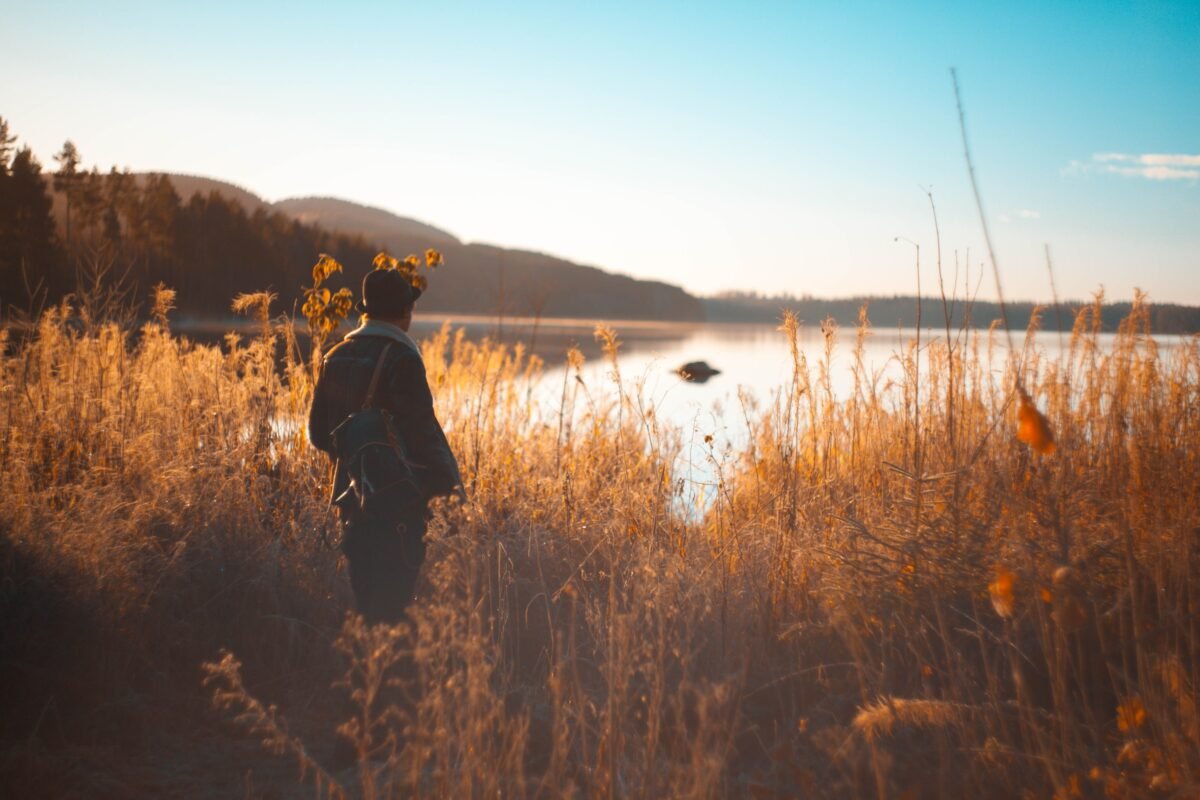
Winter
Bear in mind that the days will be very short during the winter months. There’ll be little light, and the weather conditions could be extreme, including lots of snow and blizzards. Typically, there’ll be around six hours of light per day. Still, the winter can be an exhilarating time to visit the cities and towns, including Oslo and Bergen, with lots of offer, including Christmas markets, film festivals, live music and cultural events.
There are also lots of opportunities for outdoor pursuits, including skiing, mountaineering and glacier walking, as long as you’re well prepared with warm, waterproof clothing. It’s also a good time to dip into a sauna, go whale watching or to see the Northern Lights.

Norway: A Country of Extremes
Ultimately, the best time to visit Norway will depend on which activities you have in mind, and which kind of climate you prefer. Maybe you’d like to enjoy the outdoors, go swimming in a fjord and enjoy the green landscape. Then the summer months will be preferable. If you prefer indoor activities, such as cultural events, cuisine and art, then the autumn or winter could be better. Spring is also a great time to visit for outdoor activities and enjoying nature, but will be cooler than summer. Whenever you decide to visit, you’re sure to have an unforgettable experience.






